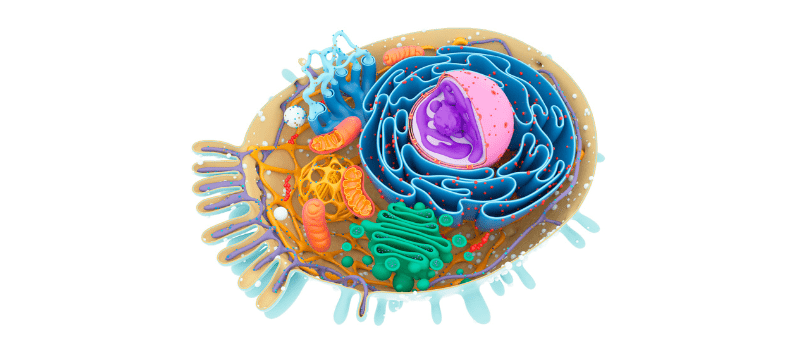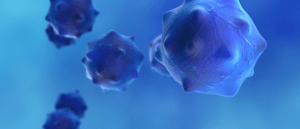
BioTechniques News
Aisha Al-Janabi

Researchers create a drug delivery system targeted to the inner membrane of the mitochondria.
Targeting drugs to the mitochondria has been a long-held goal for researchers because of their involvement in almost every biological process, including natural cell death and aging. By exploiting mitochondria’s own transport pathways, a research group at Johns Hopkins Medicine (MD, USA) has successfully delivered losartan (a common blood pressure drug) directly to this organelle.
“We know people age in part because of mitochondrial decline, and scientists have been trying to get therapies directly to the organelle to counteract this decline for decades,” said Peter Abadir, who leads this research group that specializes in aging.
Mitochondria have a double-membrane structure, making it difficult for drug molecules to penetrate the inner membrane and get to the organelle’s core. The researchers of this study have worked around this by hijacking a system that is used by the mitochondria to transport oxygen and other chemicals to the inner membrane.
 Nanocarriers deliver 2-in-1 cancer treatment
Nanocarriers deliver 2-in-1 cancer treatment
Researchers develop an innovative nanocarrier to simultaneously deliver a chemotherapeutic and a drug to support the immune system.
The researchers synthesized three naturally occurring transport proteins that interact with mitochondria, which were dubbed mtLOS1, mtLOS2 and mtLOS3. They fused losartan to each of these proteins to see which of the three transport proteins had the highest success in penetrating the mitochondria’s double membrane and delivering the drug to the core of the organelle.
To observe the transport of the drug, the researchers used fluorescence and microscopy. They found that all three proteins transported the drug molecules to the mitochondria at a higher concentration than without fusing losartan to the transport proteins. It was also noted that a ‘scrambled’ version of all three transport proteins was unable to penetrate the inner membrane.
“This is another attempt at delivering compounds using the body’s natural systems, which may greatly reduce negative side effects both short and long term,” commented Abadir.
The hope is to use mtLOS and other natural transport proteins and pathways for targeted drug delivery. For example, to target biochemical imbalances that are linked to chronic inflammation and other weakened organ functions that are associated with aging among other disorders.
The post Nature inspires new mitochondrial drug delivery method appeared first on BioTechniques.
Full BioTechniques Article here
Powered by WPeMatico
